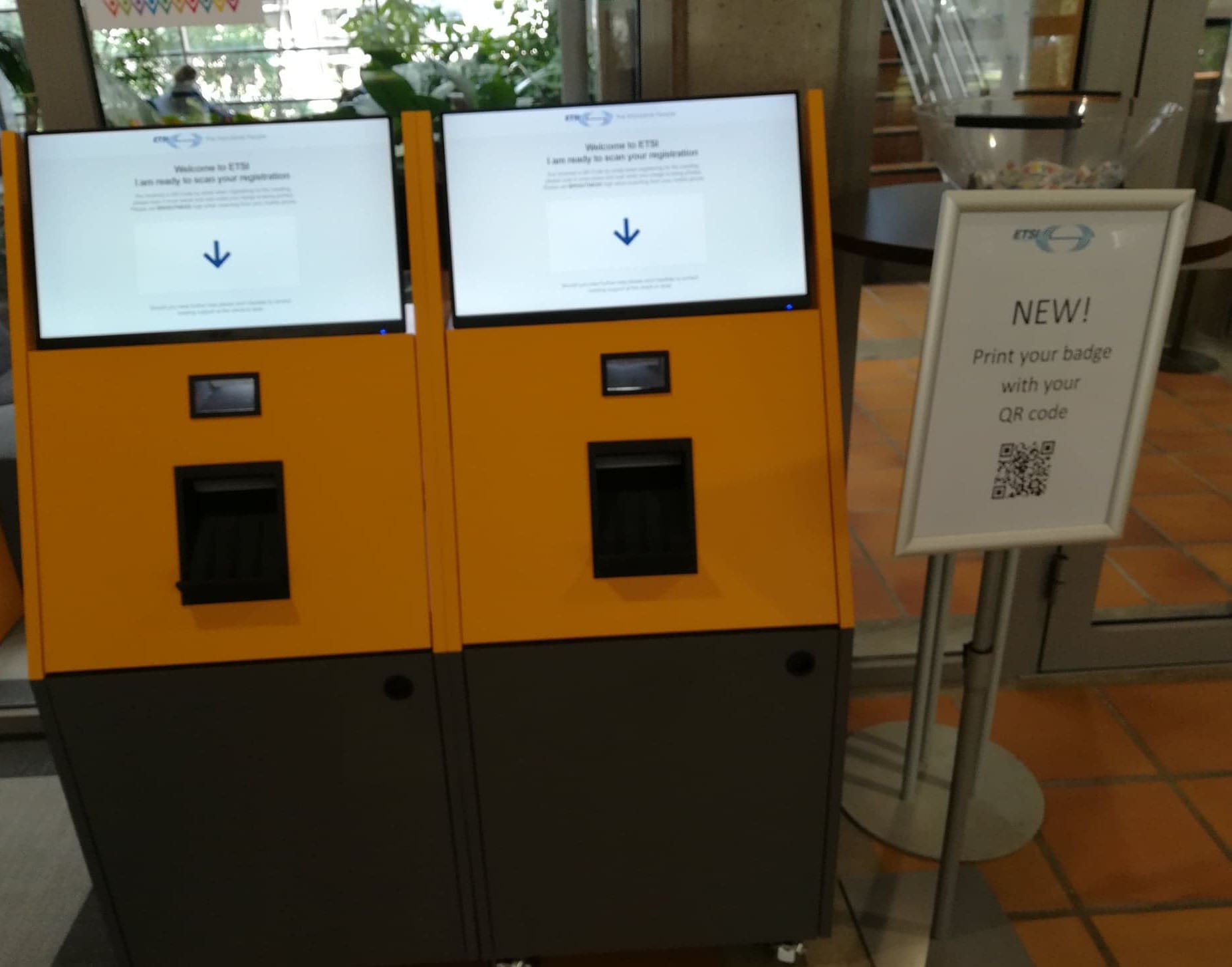Steady progress on Release 3 and Release 4 work
2020-03-16 Posted by Joan Triay (ISG NFV Technical Manager, DOCOMO Euro-Labs) 30181 HitsThe ETSI NFV community met for its twenty ninth plenary meeting (NFV#29) from 17 to 21 February at the Home of NFV, ETSI Headquarters, in Sophia-Antipolis, France. This time, the plenary meeting took place amidst the unfortunate situation, the Coronavirus outbreak that has hit so many countries and seriously impacted standardization work, and life in general almost worldwide. Consequently, some of our delegates were not able to travel and attend the meeting physically. Our best wishes to all of you all around the world who have been impacted by the outbreak, "wishing you a good and quick recovery".
Addressing the impact of this outbreak on the handling of the plenary meeting, ETSI provided outstanding support, as usual, by enabling remote access for participants that could not travel. Furthermore, the ISG and working group officials made a very good job of adapting the schedule and working procedures to facilitate the active participation and contributions of the remote delegates. As for those of us that had the opportunity to attend the plenary physically, ETSI had provided a very useful new facility: the delegates participating F2F could check-in for the first time by scanning their meeting QR code using a check-in station in the ETSI lobby. 
All in all, despite the circumstances, the plenary meeting was once again a success. All working groups made steady progress in most of the work items that are currently being developed as part of the Releases 3 and 4.
